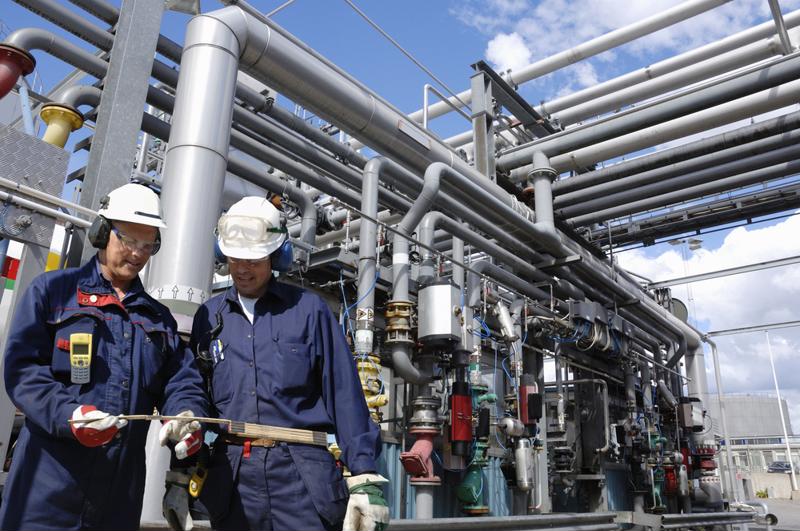In 2017, many businesses experienced devastating losses due to hurricanes, flooding, fires and other weather-related events. The National Oceanographic and Atmospheric Administration reported that there were 16 weather and climate disasters in the U.S. last year that resulted in more than $1 billion of damage. By the end of the year, losses exceeded, in total, $306 billion, setting a new record for the nation.
The importance of disaster planning cannot be overstated. Forty percent of businesses that are hit by a natural disaster don’t recover, according to the Insurance Information Institute. Another quarter close within one year following the event. These situations can arise suddenly and escalate quickly, so it’s important that everyone in an organization knows how to react.
Here are some tips to help you plan for a disaster and recover after it’s over:
Know your most critical areas
There’s only so much you can do to keep your physical assets safe during a natural disaster. However, you’ll want to devote as much of your efforts as possible to the areas of your facility that are particularly vulnerable and could cause the most damage to your business if damaged:
- Temperature-sensitive items.
- Chemical storage.
- Waste storage.
Areas that require specific temperatures, humidity levels or other environmental features can sustain significant harm if their environments are compromised. Unsafe conditions can pose a threat to your employees and the community. One example of this was the Arkema chemical plant in Crosby, Texas, which was affected by Hurricane Harvey, as reported by EHS Today. Chemicals housed at the plant required specific low temperatures to be kept safe. The facility had a backup generator ready in case of a loss of power, but when two explosions shook the plant, it flooded and the generator was damaged. As the chemicals rose to dangerous temperatures, authorities had to create a 1.5-mile evacuation zone surrounding the plant, requiring nearby residents to leave their homes.
When disaster preparedness planning, make an effort to devise a multifaceted policy. Invite everyone in your company to contribute to the plan; each team member will bring his or her own expertise and specific knowledge of your facility to ensure a strong and detailed disaster plan.
 Assess which areas of your facility require additional protections against natural disasters.
Assess which areas of your facility require additional protections against natural disasters.Ensure all assets are installed correctly
Scheduled evaluations of your facility can help identify which areas might become dangerous in the event of a disaster. After an area is pointed out to be a potential problem, address it right away.
When you’re updating your equipment or expanding to include new assets, it’s critical that items are installed correctly the first time. If not, equipment could come loose, not work correctly or incur damage that makes it more dangerous to operate. Any time you’re integrating new equipment into your facility, reach out to the experts at Miner to install it correctly and to inspect it regularly to identify any faulty components.
Inspect the damage
After a natural disaster, some areas may be clearly affected, while others might appear to be unharmed. Looks can be deceiving, though. Don’t assume that a portion of your warehouse or facility was unaffected by the event. Ensure everything is in good working order by having a full inspection, even including those areas and assets that were apparently unscathed.

